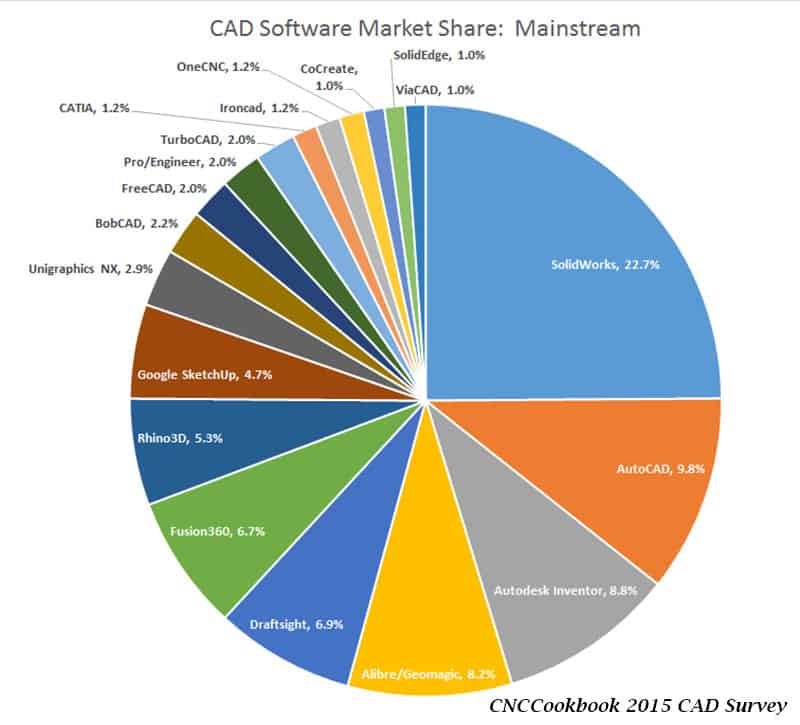The 3D CAD Revolution: Why the Market is More Competitive than Ever
In the realm of computer-aided design (CAD), the transition from 2D to 3D has sparked a revolution, reshaping the landscape of the industry and igniting fierce competition among software providers. While 2D CAD software once dominated the market, the rise of 3D CAD has ushered in a new era of innovation, efficiency, and complexity. Here's why the 3D CAD software market is more competitive than ever before:
1. Enhanced Capabilities and Functionality
3D CAD software offers a wealth of features and capabilities that go far beyond the limitations of traditional 2D drafting. From parametric modeling and assembly design to simulation and analysis tools, 3D CAD empowers designers to create more complex and sophisticated designs with greater precision and efficiency. This expanded functionality has fueled demand for 3D CAD solutions and intensified competition among software providers to deliver the most advanced and comprehensive tools.
2. Growing Demand Across Industries
As industries evolve and embrace digital transformation, the demand for 3D CAD software has skyrocketed across a wide range of sectors, including automotive, aerospace, architecture, and manufacturing. With 3D CAD becoming the standard for design and engineering projects, software providers are under increasing pressure to innovate and differentiate their offerings to meet the diverse needs of these industries.
3. Focus on User Experience and Accessibility
In today's fast-paced world, users expect intuitive interfaces, seamless workflows, and robust collaboration features from their CAD software. To stay competitive, software providers are investing heavily in user experience design, accessibility, and integration with other software platforms. By prioritizing usability and accessibility, CAD vendors can attract and retain customers in an increasingly crowded market.
4. Rapid Technological Advancements
Advancements in technology, such as cloud computing, artificial intelligence, and real-time rendering, are driving rapid innovation in the CAD industry. These technological breakthroughs are enabling software providers to deliver new and innovative features that enhance productivity, streamline workflows, and unlock new possibilities for design and visualization. As a result, competition in the 3D CAD market is fiercer than ever as vendors vie to stay ahead of the curve and capitalize on emerging trends.
5. Focus on Industry-Specific Solutions
With the rise of specialized industries and niche markets, there is a growing demand for CAD software tailored to specific verticals and applications. Software providers are responding by developing industry-specific solutions that address the unique challenges and requirements of sectors such as healthcare, construction, and consumer goods. By offering targeted solutions, CAD vendors can differentiate themselves in a crowded market and cater to the specialized needs of their customers.
In conclusion, the 3D CAD software market is more competitive than ever due to the expanding capabilities of 3D design tools, growing demand across industries, focus on user experience and accessibility, rapid technological advancements, and the emergence of industry-specific solutions. As competition heats up, CAD vendors must continue to innovate and evolve their offerings to stay ahead of the curve and meet the evolving needs of their customers in a rapidly changing digital landscape.
